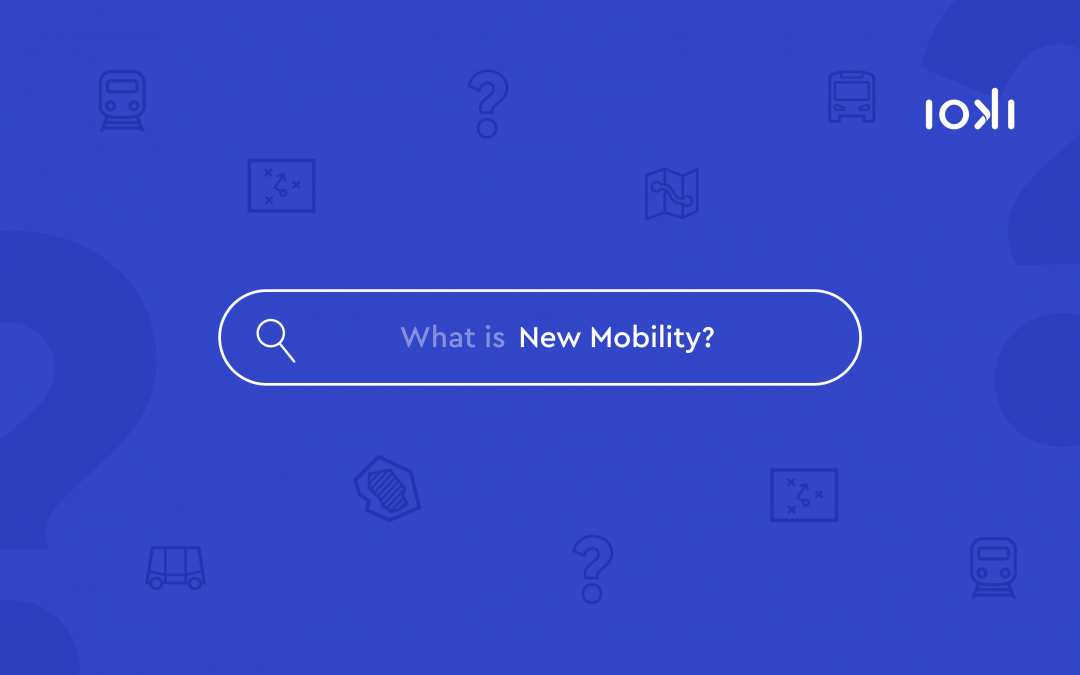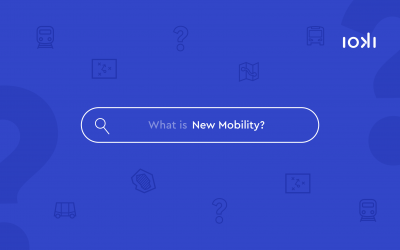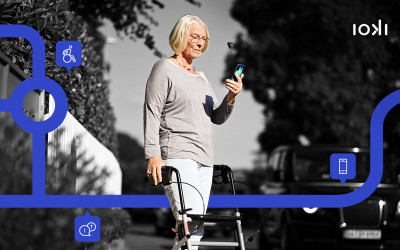There are many fascinating aspects to the subject of mobility. But what fascinates you personally about driving the mobility turnaround with your digital design team?
I’m intrigued by how digital products can shape the experience of travelling itself. How split-second decisions can be made when live information is available at the right time and place. The feedback loop between how people interact with us and how that enables us to shape what mobility means is fascinating. We learn so much by simply looking at how TfL Go is being used to plan and travel — what a typical day and a typical week looks like in different areas of London, how seasons play into it and how events change everything. The opportunities are endless, and we will be able to increasingly fine-tune customers’ choices for more sustainable journeys using the right mix of modes for them.
What changes or development have you seen during your time at TfL concerning transport in the last years?
There have been many interesting developments over the years. I think the impact digital services had on travel and the opportunities that came with new shared mobility services are particularly fascinating. The pandemic has significantly changed travel patterns and we’ll see how this might change our focus and approach to mobility going forward. A more direct relationship with us through TfL Go, has shown a real interest in Londoners to actively shape the future of mobility, something I’m personally very interested in.
What are you at TfL doing to fulfil the gap between rural and urban mobility access? Inclusion and digitalization through DRT. How would you make these two important elements work together?
We now have TfL Go, which makes it easier for customers to plan journeys combining national rail and the Tube for example. It’s very easy to find local buses and we are planning to make combining cycling and public transport much more seamless in the future. Overall, our new digital service allows for a much more tailored experience, that’s timely and locally aware.
For example, TfL Go introduces a new approach to inclusion, with a live step-free mode and unique inclusive design, enabling customers with mobility needs to make longer journeys, more spontaneously and confidently. Inclusion is driving innovation at TfL and this was recognised when we were shortlisted for the D&AD Award for Inclusive Design.
TfL Go insight will begin to inform transport and city planning, which will improve connections and travel options for Londoners in all areas. We recently trialled Demand Responsive Buses (DRB) in the boroughs of Sutton and Ealing (2019-20), in partnership with bus operators and technology providers. For London right now, we found it’s not more cost effective than existing bus subsidies to support the necessary reduction in car use and congestion in outer London, but customers from all walks of life gave positive feedback about the app-based booking system and we are exploring how this technology could be used to enhance other TfL services such as Dial-a-Ride.
And now let’s have a look into the future. How do you imagine the future of mobility? How do you see the DRT services expansion in the UK?
I imagine a very adaptable and integrated mobility landscape where public and private services complement each other and are easily combined with personal modes, such as cycling, walking, and occasionally driving. I believe that a more sustainable future will be more likely if we enable people to mix modes of transport in intelligent, useful ways. We must find smarter ways to meet the unique needs of different people at different times and I think we’ve started doing just that.



